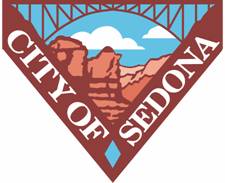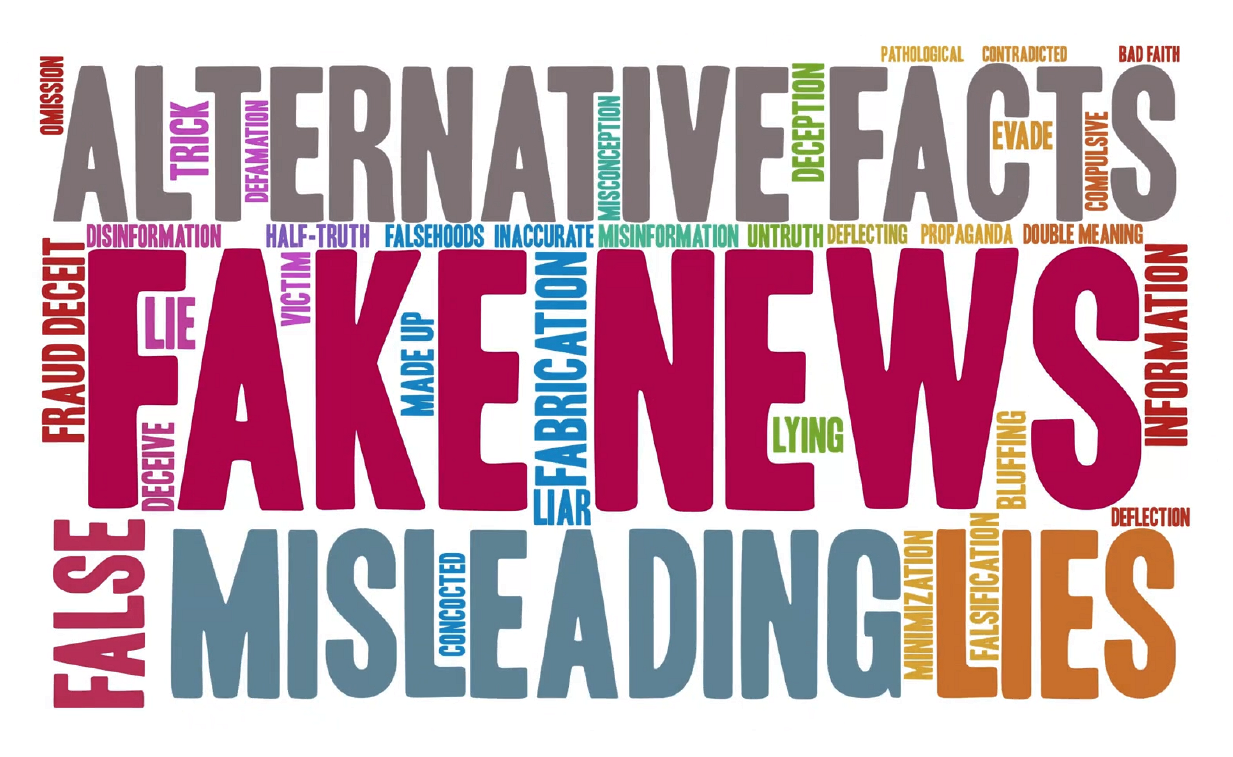by Sedona City Councilor, Dan McIllroy
If you are like I am, you shower, brush your teeth, and flush and the waste water goes down the drain. You don’t think much about it again. Let me tell you what happens to that waste water.
Some fifteen years ago, Sedona decided to build a waste water treatment plant to replace individual septic systems. This was done to protect Oak Creek from pollution and to ensure the sanitary disposition of waste products.
The system now runs underground some nine miles from the Chapel area to beyond our southwestern city limits. This system is powered by sixteen pumping stations that run twenty-four hours a day, seven days a week. Sedona City Engineer Charles Mosley and Plant Manager Pat Livingstone oversee a staff of eleven waste water treatment plant employees.
From the beginning of the waste water treatment plant, part of Sedona’s sales tax revenue has subsidized plant operations. This has relieved Sedona residents from paying the full cost of plant operations. Some forty-six percent of sales tax revenue now goes into paying the difference between what residents and businesses pay and the true cost of plant operations.
For fourteen years, the residential sewer fee remained unchanged at $32.54 per month. On July 1, 2010, the City Council approved a plan to gradually increase the sewer fee to bring it more into line with the actual cost, thereby allowing part of sales tax revenue to be diverted into supporting other community needs.
The waste water treatment plant presently processes approximately 1.0 to 1.2 million gallons of treated waste water per day. To dispose of this excess waste water, the plant has been spraying, through a process called transpiration, treated waste water onto the ground.
The city is exploring changing its effluent management program by injecting “A Plus” water into the groundwater, and also creating some wetlands.
Before either of these processes can begin, the quality of the waste water must be raised from “B Plus” to “A Plus” quality. This will require the expansion of the ultraviolet processing equipment along with other plant modifications.
There will be a need to drill several test injection wells to determine the feasibility of injecting A Plus water into the ground on a permanent basis. This testing will also determine if the injected waste water can be stored underground.
The Arizona Department of Environmental Quality will have to approve and permit the injection process before it can be implemented. If approved, several injection wells will have to be drilled to dispose of the A Plus water not evaporated or placed onto wetlands.
If the treated waste water can be stored underground, the city may receive water credits that may prove beneficial in the event we experience a future water shortage.
The City is studying establishing wetlands. These proposed wetlands would be developed on part of the four hundred acres of land the City owns near the waste water treatment plant. These wetlands would absorb some of the excess treated waste water and would provide a habitat for wildlife and a birding sanctuary. These wetlands would serve as a component of the ecotourism industry in the Verde Valley.
The wetlands and the injection process will take several years to plan and develop. By utilizing a combination of transpiration, injection and wetlands, we can efficiently dispose of millions of gallons of treated waste water that would otherwise be wasted for the overall benefit of all of our Sedona residents.



Isn’t there something critical omitted from this article? Like how much and where will the money come from to pay for “A Plus” effluent, injection wells and a wetlands? According to one current councilmember, these will require up to $30 million, perhaps less, but still require debt.
We are in perilous economic times, and Sedona’s mountain of debt is currently $68 million (sans interest of approximately $40 million).
Do citizens want to pay a City Property Tax and/or General Obligation Bonds (GO-Bonds) annually to fund upgrades to the WW system that do not need to happen? NO! The City commissioned three “City of Sedona Citizen Surveys” in years past (2007, 2004 and 2002). The three concerns respondents rated as a “major problem” were always the same–traffic congestion, too much growth and taxes. That City Hall refuses to listen is very bad.
The current Council must forego WW treatment plant upgrades and honor its campaign promise of fiscal responsibility and no new debt.